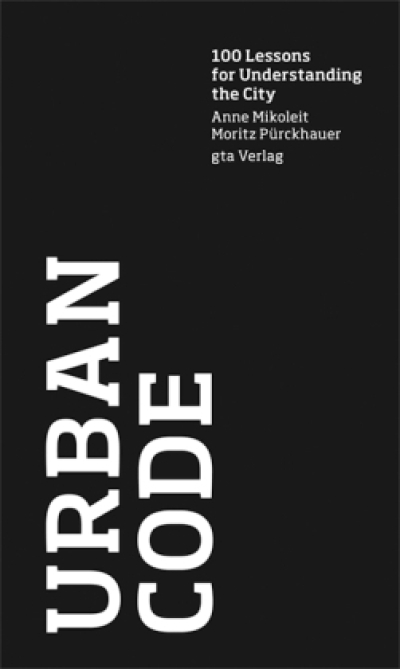
This Must Be The Place: An Architectural History of Popular Music Performance Venues
This Must Be The Place is the first architectural history of popular music performance space, describing its beginnings, its different typologies, and its development into a distinctive genre of building design. It examines the design and form of popular music architecture and charts how it has been developed in ad-hoc ways by non-professionals such as building owners, promoters, and the musicians themselves as well as professionally by architects, designers, and construction specialists. With a primary focus on Europe and North America (and excursions to Australia, the Far East and South America), it explores audience experience and how venues have influenced the development of different musical scenes.
From music halls and Vaudeville in the 1800s, via the seminal clubs and theatres of the 20th century, to the large-scale multi-million-dollar arena concerts of today, this book explores the impact that the use of private and public space for performance has on our cities' urban identity, and, to a lesser extent, how rural space is perceived and used. Like architecture, popular music is neither static nor standardized; it continuously develops and has multiple strands. This Must Be The Place describes the factors that have determined the development of music venue architecture, focusing on both famous and less well-known examples from the smallest bar room music space to the largest stadium-filling rock set.
"I always kept wonderful memories of popular music venues, but until now I've thought of them more as isolated locations of wonder and magic. This Must Be The Place ties these locations in a historical quilt of musical trends, celebrities, unknown performers, the designers who created them and their impact on the urban or sometimes not so urban fabric that surrounds them. The book allows the reader to connect the dots and look at the range of these places from honky-tonks to ballrooms in a seamless journey through time and space." --Nicholas Goldsmith, Senior Principal Architect, FTL Design Engineering Studio, USA
"I always admired Rob Kronenburg's gift for unassuming writing style and ease in addressing very serious architecture matters. This Must Be The Place is no exception, if not a brilliant affirmation of such a gift. Underneath a very personable and inviting narrative there is a rigorous study of the architectural typology of urban pop music venues that tackles an untouched subject and makes an appealing argument for its importance both as a question of architecture and a matter of resistance in preserving the meaning of urban life. This Must Be The Place is not only a great read but also an important contribution to the field of architectural knowledge." --Vladimir Krstic, Executive Director, Kansas City Design Center, and Professor of Architecture, Kansas State University, USA
"Between 1900 and 1934, Magic-City was a vast area in Paris devoted to popular entertainment, often referred to as un temple de plaisirs populaires. Sadly nothing has survived of Magic-City's ballrooms and music-halls - only a few photographs and postcards. The story of popular music performance venues is rooted in architecture and in cities. I'd like to think of Robert Kronenburg's book as a wonderful tribute to all the Magic-City temples, past, present and future!" --François Penz, Professor of Architecture and the Moving Image, University of Cambridge, UK, and author of Cinematic Aided Design: An Everyday Life Approach to Architecture (2017)

































































































